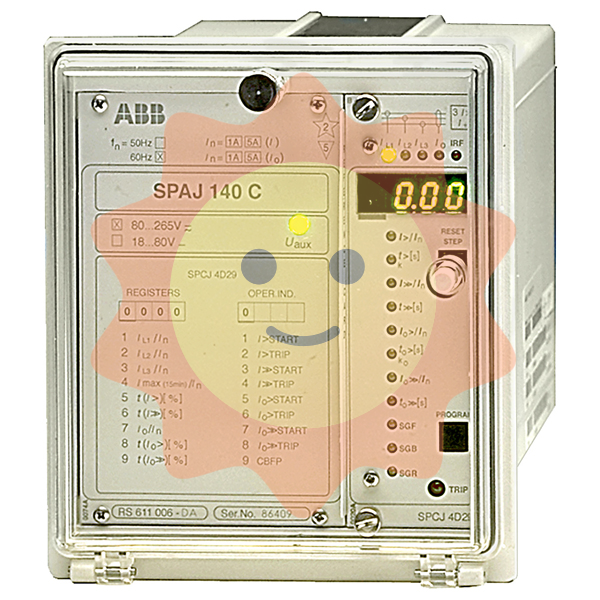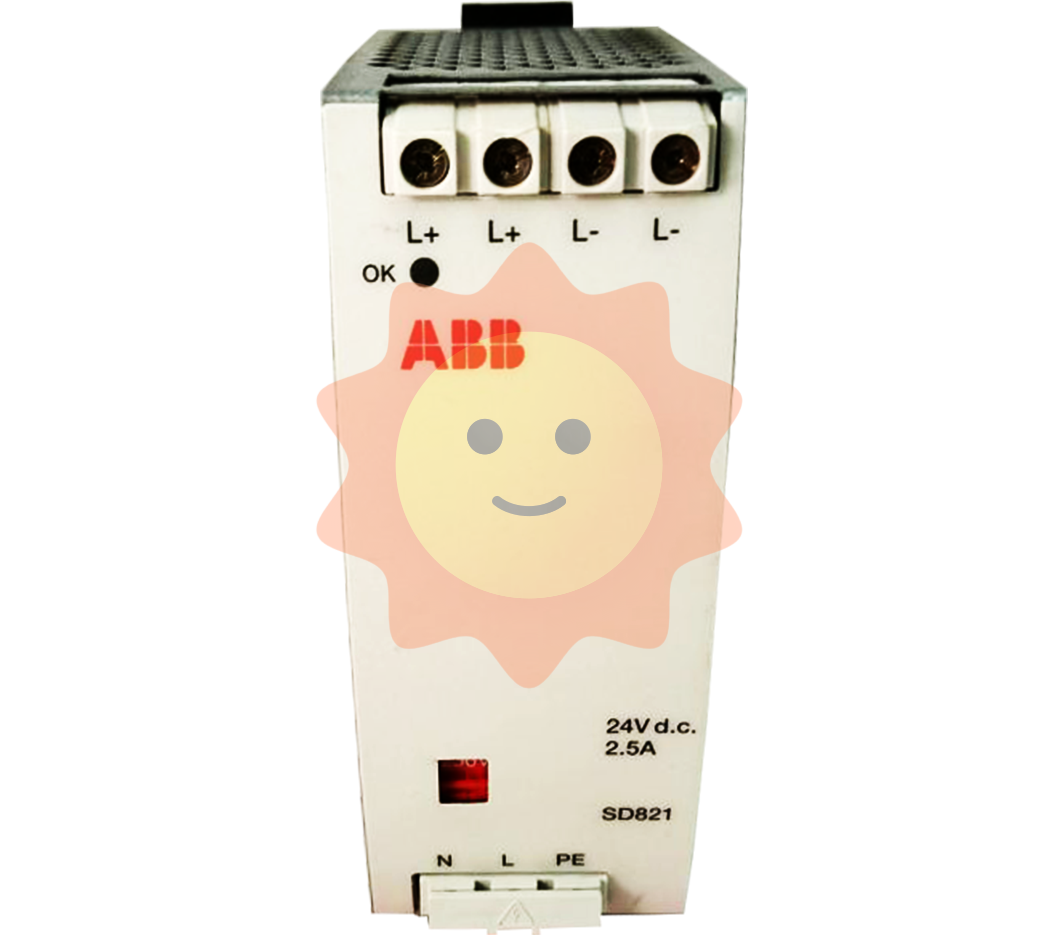Electrons can "fission" and release photons to obtain recoil
The absorption rate of electrons for photons of different masses is different. When a group of atoms are in the ground state, most of them are in the ground state. Electrons in the ground state have a strong absorption capacity for photons with masses of 30, 80, 160 and 330, while electrons with masses of 10030, 10080, 10160 and 10330 are produced by ground state electrons absorbing photons, and their number is inevitably far less than the number of electrons in the ground state. Therefore, the number of photons with the mass of 50, 130, 300, 250 and 170 absorbed by this part of the electron is also necessarily small, if the number of photons absorbed by the electron is very small, it is not enough to form a dark line in the bright background, at this time this "dark line" we can not observe. This is why there are fewer dark lines in the absorption spectrum of atoms than bright lines in the bright spectrum.

Here is another question worth our attention, that is, since the electron in the atom can absorb the mass of 30, 80, 160, 330 photons, then if there are two masses of 10 and 20 respectively at the same time with the electron, will it be absorbed by the electron? In theory, yes. In the same way, two photons with masses of 20 and 60 can also be absorbed by the electron, that is, if the electron absorbs two photons at the same time and the electron mass is just at the peak of the mass-binding energy curve, the electron will absorb the two photons at the same time to form a new electron with greater mass and can exist stably. In the same way, electrons can absorb three or more photons at the same time. The fact that the electron can absorb does not mean that it must absorb two or more photons, because the probability is so small that it can be ignored in the general discussion. In this way, the dark line in the absorption spectrum of the atom is actually the spectral line corresponding to the photon with a larger probability of electron absorption, and in fact, the electron has a certain absorption rate for photons of various energies, but the absorption rate for photons of specific mass is far greater than that of photons of general mass.
(3) Atomic emission spectra - the formation of bright line spectra. Following the previous hypothesis, if a group of electrons are excited, the absorption rate of electrons for photons of mass 30, 80, 160, 330 is much higher than the absorption rate of electrons for photons of other masses, and because the electrons are relatively stable after absorbing the above-mentioned masses of photons, their survival time in the new orbit is relatively long, so after a group of electrons are excited, The number of electrons of mass 10030, 10080, 10160, 10330 is always more than the number of electrons of other masses, of course, the number of photons of mass 30, 80, 160, 330 after electron fission is also far more than the number of photons of other masses, because of this, there are always certain spectral lines in the luminous spectrum of atoms. Form what we call a bright line spectrum.
As shown in the figure above, for the sake of simplicity, let's assume that the masses of the electrons in the R1, R2, R3, R4, R5, and orbitals are 10000, 10030,100080,10160, and 10330, respectively. Of course, the change in the mass of the electrons may not be so large, but let's just assume that for the sake of discussion. So how many photons can an electron in the R5 orbit radiate? Obviously, when it is disturbed towards the nucleus, it can jump to the R4, R3, R2, and R1 orbitals, then it may emit photons with masses of 170, 250, 300, and 330, respectively.
Similarly, an electron in the R4 orbit may also jump to the R3, R2, and R1 orbitals, so an electron in the R4 orbit may emit photons of 80, 130, and 160 masses.
An electron in R3 may also jump into R2 and R1 orbitals, so an electron in R3 may emit photons with masses of 50 and 80.
An electron in R2 can only jump to R1, so an electron in R2 can only emit one photon of mass 30.
The electron in the R1 orbital is the innermost electron, so it won't transition.
So how many photons can an electron in an R5 orbit give off? Obviously, it may directly jump to R4, R3, R2, R1, but when the electron to R4, R3, R2, there may be two or even three near-nuclear transitions, then it may emit 4+3+2+1 = 10 kinds of photons, that is, if a large number of atoms are excited to the R5 orbital may form 10 bright line spectral lines.
Similarly, an electron in the R4 orbit may emit up to 3+2+1 = 6 photons, possibly forming 6 bright spectral lines.
An electron in R3 can emit up to 2+1 = 3 photons that can form 3 bright spectral lines.
An electron in the R2 orbit may emit at most one photon and may form a bright spectral line.
Electrons in the R1 orbit will not transition inward, so they will not emit photons and will not form bright lines.
Finally, our conclusion is that the electrons in the atom can absorb photons of specific energy, but also can emit photons of specific energy, because the absorption rate of electrons for photons of specific mass is greater than other photons, so there are always several specific spectral lines in the absorption spectrum of the atom appear darker, forming a dark line spectrum; When a large number of atoms emit light, the number of photons of a certain mass emitted by the electron is often greater than the number of photons of other masses, so there are always a few specific spectral lines in the emission spectrum of the atom that appear brighter.
- EMERSON
- Honeywell
- CTI
- Rolls-Royce
- General Electric
- Woodward
- Yaskawa
- xYCOM
- Motorola
- Siemens
- Rockwell
- ABB
- B&R
- HIMA
- Construction site
- electricity
- Automobile market
- PLC
- DCS
- Motor drivers
- VSD
- Implications
- cement
- CO2
- CEM
- methane
- Artificial intelligence
- Titanic
- Solar energy
- Hydrogen fuel cell
- Hydrogen and fuel cells
- Hydrogen and oxygen fuel cells
- tyre
- Chemical fiber
- dynamo
- corpuscle
- Pulp and paper
- printing
- fossil
- FANUC
- Food and beverage
- Life science
- Sewage treatment
- Personal care
- electricity
- boats
- infrastructure
- Automobile industry
- metallurgy
- Nuclear power generation
- Geothermal power generation
- Water and wastewater
- Infrastructure construction
- Mine hazard
- steel
- papermaking
- Natural gas industry
- Infrastructure construction
- Power and energy
- Rubber and plastic
- Renewable energy
- pharmacy
- mining
- Plastic industry
- Schneider
- Kongsberg
- NI
- Wind energy
- International petroleum
- International new energy network
- gas
- WATLOW
- ProSoft
- SEW
- wind
- ADVANCED
- Reliance
- YOKOGAWA
- TRICONEX
- FOXBORO
- METSO
- MAN
- Advantest
- ADVANCED
- ALSTOM
- Control Wave
- AB
- AMAT
- STUDER
- KONGSBERG
- MOTOROLA
- DANAHER MOTION
- Bently
- Galil
- EATON
- MOLEX
- Triconex
- DEIF
- B&W
- ZYGO
- Aerotech
- DANFOSS
- KOLLMORGEN
- Beijer
- Endress+Hauser
- MOOG
- KB
- Moxa
- Rexroth


Email:wang@kongjiangauto.com
























































































































